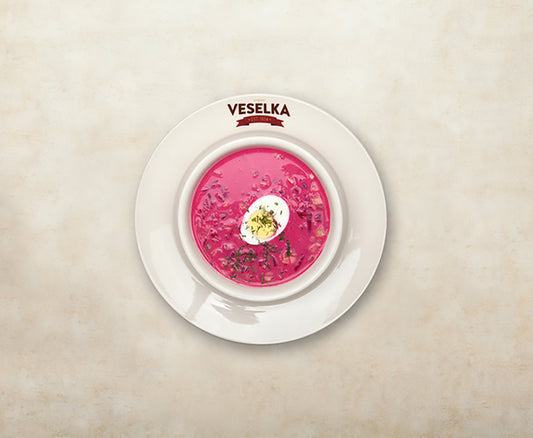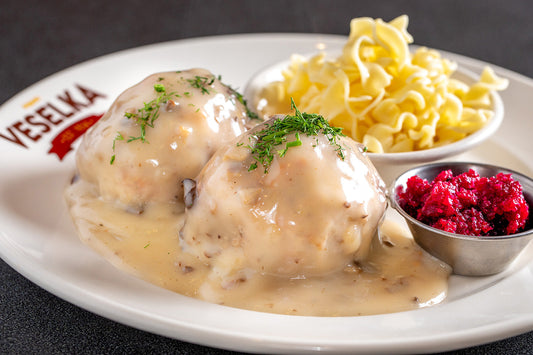In the culinary universe, where dumplings reign as universally beloved bites, two particular variants often leave gourmands pondering: pierogi or potsticker. Both are stuffed, both delectable, yet separated by histories, cultures, and techniques. The tale of pierogi and potstickers is as rich and complex as the flavors they bring to the table. These two types of dumplings have endeared themselves to food lovers around the globe, yet each hails from a distinct culinary tradition that's deeply rooted in specific cultures.
In this section, we'll dive into the origins and practices that define these delectable dumplings, shedding light on the history and techniques that make each unique.
- What Is a Pierogi ? A quintessential gem from Central and Eastern Europe, its centuries-old tradition has cemented it as a regional staple.
- What Is a Potsticker ? Translating to “stick to the wok,” potstickers are a proud cuisine from East Asia, predominantly China. With ancient tales linking them to surprise visits from royalty and improvised cooking techniques, potstickers have a history as rich as their flavor.
Cultural significance
Dumplings are more than just a delightful dish; they often carry the weight of cultural heritage and shared community values. In the case of pierogi and potstickers, each has a distinct role within their respective societies that transcends the dinner table. From holiday traditions to familial gatherings, these dumplings embody cultural significance that has been cultivated over generations. Let’s explore the deeper meanings and societal roles that pierogi and potstickers hold within their native lands.
- Pierogi: More than just a dish, pierogi is an embodiment of family gatherings, festive celebrations, and cherished memories in Slavic households. It’s not uncommon to find families coming together to prepare these delights, passing down recipes from one generation to the next.
- Potsticker: In Chinese culture, potstickers symbolize wealth and prosperity, often being a staple during the Lunar New Year. The crescent shape is reminiscent of gold ingots, further connecting them.
Dough
At the heart of every delicious dumpling lies the foundation of its appeal—the dough. Although pierogi and potstickers may appear similar at first glance, the differences in their dough composition reveal diverging culinary philosophies and techniques. Understanding the nuances in texture, ingredients, and preparation methods can offer fascinating insights into these beloved treats. Let's delve into the specific characteristics that set pierogi and potsticker dough apart, allowing each to shine in its own right.
- Pierogi: Pierogi dough is soft and slightly thick, designed to be hearty and to complement its rich fillings.
- Potsticker: Potsticker dough is more tender and thin, allowing for a delicate balance between the wrapper and its filling. Typically, they have a translucent appearance once cooked.
Fillings
What lies inside a dumpling is a world of flavor, a testament to culinary imagination and cultural influence. While both pierogi and potstickers offer a versatile range of fillings, the ingredients commonly used in each reflect their regional roots and traditional recipes. From savory meat concoctions to vegetarian delights, the fillings bring these dumplings to life and offer a bite-sized journey through different cultures.
- Pierogi: The variety ranges from savory options like minced meat, mushrooms, and cheese to sweet versions filled with fruits like berries and apples.
- Potsticker: Classically filled with a mixture of minced pork, cabbage, green onions, and seasonings. However, numerous variations exist, including shrimp, chicken, and vegetarian alternatives.
Cooking techniques
The final touch in the art of dumpling-making is the cooking technique employed, a process that can significantly influence both flavor and texture. Pierogi and potstickers, despite their similarities, are traditionally cooked using methods that yield distinct outcomes. Whether it's the pan-searing sizzle of a potsticker or the comforting boil of a pierogi, each method reveals a different facet of these culinary gems. Let’s uncover the secrets that give these dumplings their signature appeal.
-
Pierogi are traditionally boiled until they float to the surface. Post-boiling, they might be pan-fried for a crispy finish. At Veselka, a well-known Ukrainian restaurant, our delicious boiled pierogi are an excellent choice for those who want healthier food options. Additionally, we provide instructions on how to make pierogi using our unique recipe, allowing you to make them easily in the comfort of your own home.
- As the name suggests, potstickers are first pan-fried on one side to achieve a crispy base. Then, water is added, and they are covered to steam, resulting in a unique combo of crispy and soft textures.
What to serve with pierogi and potsticker?
The beauty of pierogi and potstickers doesn't end with the dumplings themselves; it extends to the complementary dishes and sauces that complete the meal. Whether you're aiming for an authentic experience or a fusion feast, the right accompaniments can elevate your dumpling game to new culinary heights. Here we offer suggestions on what to pair with both pierogi and potstickers, ensuring that each bite is a harmonious blend of flavors and textures.
- Pierogi: Typically served with a dollop of sour cream, they’re also accompanied by sautéed onions, pierogi dipping sauces, or even bacon bits. If you wonder what best to pair with pierogi, head over to our article of What to Serve With Pierogi? for more insight into the world of pierogi.
- Potsticker: A classic dipping sauce made from soy sauce, vinegar, and chili oil is the go-to choice. Some variations also include minced garlic and ginger for added zing.
When contemplating "pierogi vs potsticker", we believe it's not about choosing a favorite but appreciating the rich tapestry of global cuisines. While they might both satiate our dumpling cravings, the stories, traditions, and flavors behind them offer a diverse cookery experience.
Learn more about the difference between Kreplach and Pierogi.
Learn more about the difference between Ravioli and Pierogi.





